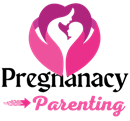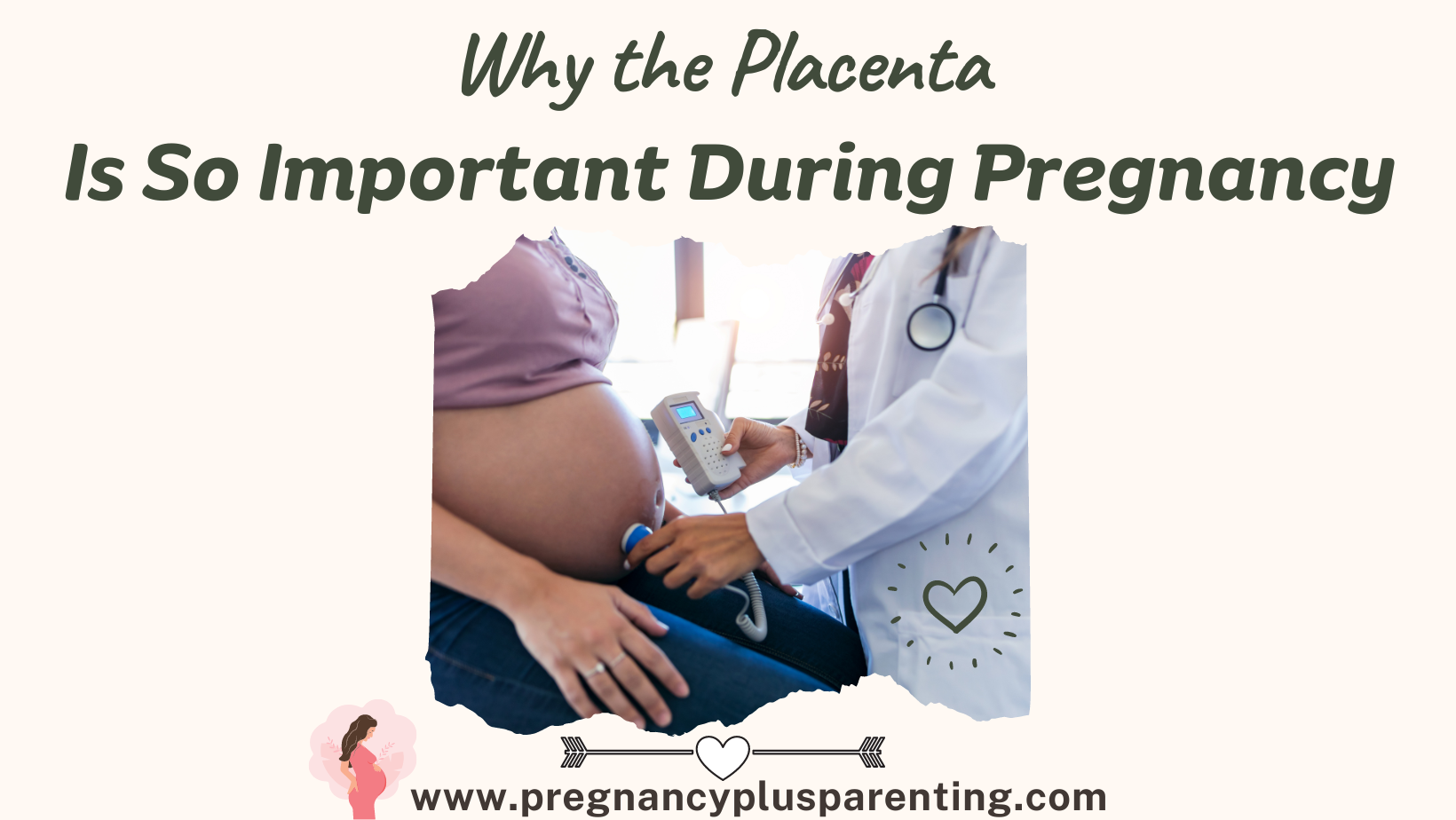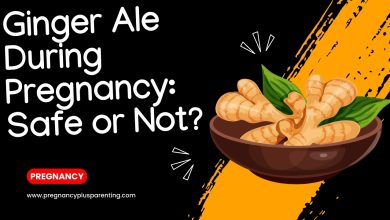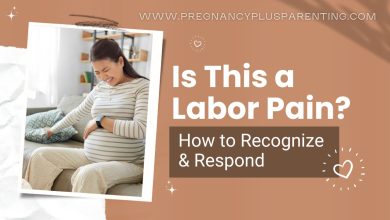Why the Placenta is So Important During Pregnancy
Introduction
The placenta, often referred to as the “life-support system” for a developing baby, is a remarkable organ that plays a vital role during pregnancy. Situated in the uterus, the placenta serves as a conduit between the mother and the fetus, facilitating essential functions for both. In this article, we delve into why the placenta is so crucial during pregnancy and explore the remarkable ways it supports the growth and well-being of the developing baby.
The Anatomy of the Placenta
Nature’s Bridge
The placenta is a unique organ that forms during pregnancy, connecting the developing fetus to the uterine wall. It resembles a flat, disc-like structure that grows alongside the baby.
The Placental Barrier
The placenta acts as a barrier that prevents harmful substances, such as some bacteria and large molecules, from passing from the mother to the fetus. This protective function ensures the well-being of the baby.
Oxygen and Nutrient Exchange
Life-Sustaining Oxygen
One of the primary roles of the placenta is to facilitate the exchange of oxygen from the mother’s bloodstream to the fetal bloodstream. This oxygen is crucial for the baby’s growth and development.
Nutrient Delivery
The placenta also enables the transfer of essential nutrients, including vitamins, minerals, and glucose, from the mother’s blood to the fetus. These nutrients support the baby’s energy needs and overall development.
Waste Elimination
Disposing of Waste
The placenta plays a crucial role in eliminating waste products from the fetus’s bloodstream. Carbon dioxide, which is a byproduct of metabolism, is transferred from the fetal blood to the mother’s blood for disposal.
Maintaining Homeostasis
By removing waste products, the placenta helps maintain a healthy environment for the developing baby, preventing the accumulation of harmful substances.
Hormone Production
Hormonal Orchestra
The placenta acts as an endocrine gland, producing hormones that regulate various aspects of pregnancy. For example, it produces human chorionic gonadotropin (hCG), which supports the continuation of pregnancy in the early stages.
Estrogen and Progesterone
Throughout pregnancy, the placenta produces estrogen and progesterone, which play critical roles in maintaining the uterine lining, supporting fetal growth, and preparing the body for labor.
Immune Protection
Shielding the Fetus
While the fetal immune system is still developing, the placenta acts as a shield against infections. It helps prevent harmful pathogens from reaching the fetus, thereby safeguarding its health.
Passive Immunity
The placenta also provides passive immunity to the baby by transferring antibodies from the mother’s bloodstream. This protection helps the newborn fight off infections during the early months of life.
Emotional Connection
The Bonding Hormone
The placenta produces oxytocin, often referred to as the “love hormone.” Oxytocin plays a role in triggering uterine contractions during labor and also contributes to maternal-infant bonding after birth.
Emotional Resonance
The placenta’s role in producing oxytocin supports the emotional connection between the mother and her baby, fostering a sense of attachment and nurturing.
Conclusion
The placenta’s role during pregnancy is nothing short of extraordinary. Acting as a bridge between the mother and the developing baby, it facilitates oxygen and nutrient exchange, eliminates waste, produces essential hormones, and offers immune protection. The placenta is a testament to the intricate design of the human body, ensuring that the baby receives everything it needs to grow and thrive. As we marvel at the wonders of pregnancy, the placenta stands as a silent yet powerful symbol of the bond between mother and child, embodying the essence of nurturing and sustenance.
FAQs (Frequently Asked Questions)
- Q: What is the placenta? A: The placenta is an organ that forms during pregnancy and serves as a bridge between the mother and the developing fetus.
- Q: How does the placenta exchange oxygen and nutrients? A: The placenta facilitates the transfer of oxygen and nutrients from the mother’s bloodstream to the fetal bloodstream.
- Q: Does the placenta protect the fetus from infections? A: Yes, the placenta acts as a shield against infections by preventing harmful pathogens from reaching the fetus.
- Q: What hormones does the placenta produce? A: The placenta produces hormones such as hCG, estrogen, progesterone, and oxytocin, which play critical roles during pregnancy and labor.
- Q: How does the placenta contribute to maternal-infant bonding? A: The placenta produces oxytocin, the “love hormone,” which triggers emotional connections and bonding between the mother and her baby.






